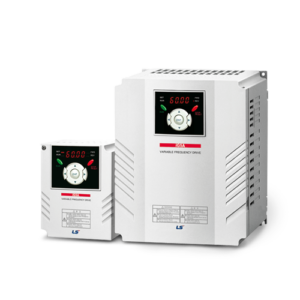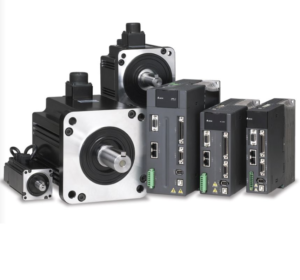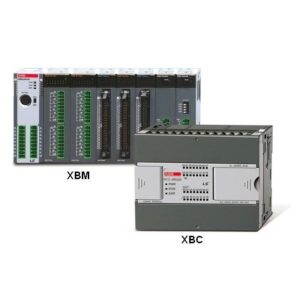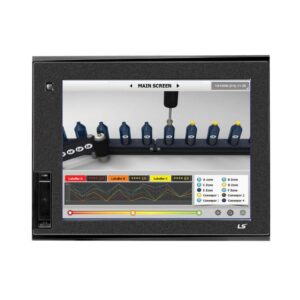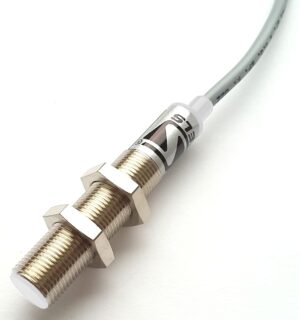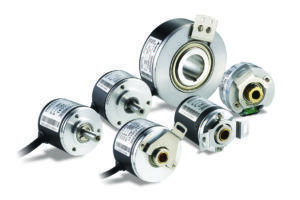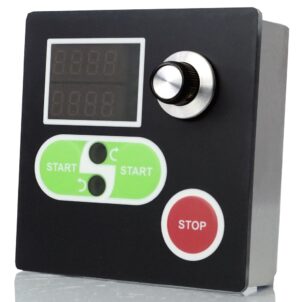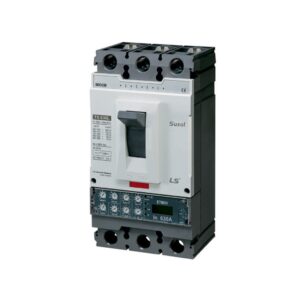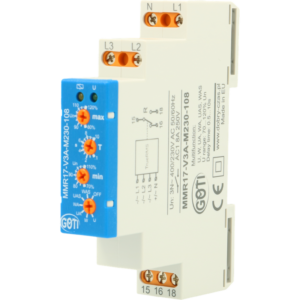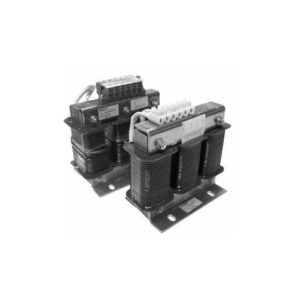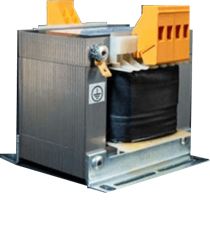What is an inverter?
An inverter is colloquially called a microprocessor frequency converter. The inverter is a power electronics device used to regulate the rotational speed of a three-phase electric motor by changing the frequency and voltage of the motor power supply.
What the inverter is for
With the help of frequency converters, it is possible, in a wide range, to smoothly regulate the rotational speed of the drive (gearbox connected to the motor). Using the inverter it is possible to start the drive by accelerating it up to twice the nominal speed. The soft start and soft stop functions of the inverter enable:
- limiting the starting current of the motor,
- reduction of dynamic loads in the drive,
- setting the braking time.
In addition, inverters have a number of programmable functions and devices that can be used on the inverter input and output. Examples of inverter functions:
Sensorless and UF vector control - motor control enabling independent control of the speed and torque of the machine so that it can achieve maximum torque even at zero speed.
Autotunig- procedure for automatic identification of engine parameters necessary for proper engine control in vector mode, based on measurement of resistance current and motor inductance.
PID driver - feedback control mode. The inverter seeks to reduce the difference between the set value (set in the inverter) and the return value (obtained from analog sensors of the control object, eg pressure, liquid level in the tank).
Anti-interference filter - suppresses disturbances in the voltage and current waveform emitted by the inverter, ensuring that the inverter works properly with other devices in the network.
Braking resistor - prevents the occurrence of too high voltage when the frequency of the inverter is reduced too much, i.e. engine braking; receives voltage from the motor windings and converts them into heat;
Braking module - a transistor switching on the braking resistor circuit in a situation when the engine falls into the range of generator operation.
The functions listed above are just examples of the most commonly used additional inverters.
How to choose the inverter for the drive
The applied converter must have a power greater than or equal to that of the driven electric motor. It is possible to use one inverter to drive several drives simultaneously. In such a situation, when selecting a frequency converter, you should add up the nominal powers of electric motors and add approx. 20% of the margin to ensure correct operation of the entire system. In an application where one inverter drives several motors, the motors are connected to the drive in parallel, which causes them to run at the same speed.
Single phase inverters - how it works
Single-phase power frequency converters convert one phase 1x230V into three phases 3x230V. Therefore, if we connect three-phase electric motors switched into a 3x230V triangle to single-phase inverters, we can supply three-phase drives from one phase.


